Best Time to Visit Kidepo Valley National Park
Unlocking the Secrets of Uganda’s Hidden Safari Jewel
In the remote northeastern corner of Uganda, a wilderness of unmatched beauty and unspoiled landscapes unfolds. Kidepo Valley National Park stands as a testament to the raw and untamed splendor of Africa, where vast savannahs meet jagged mountains, and wildlife roams in a state of perfect equilibrium. Its isolation has preserved an authenticity increasingly rare in modern safari destinations, offering travelers experiences that are both intimate and transformative.
Understanding the optimal time to visit Kidepo is essential for maximizing both wildlife encounters and the appreciation of its landscapes. While the park can be explored year-round, subtle variations in climate, wildlife behavior, and vegetation dramatically influence the safari experience. This article examines the intricacies of Kidepo’s seasons, climate patterns, wildlife activity, and environmental factors, providing a comprehensive guide for those seeking to immerse themselves fully in one of Uganda’s most extraordinary national parks.
Geography and Climate: Foundations of the Safari Experience
Kidepo Valley National Park spans approximately 1,400 square kilometers in a region bordering South Sudan and Kenya. Its semi-arid climate creates a delicate ecological balance, characterized by distinct wet and dry seasons. The terrain varies from flat plains to rocky outcrops and mountainous regions, with rivers such as the Narus and Kidepo providing essential lifelines for wildlife and vegetation.
The climate plays a pivotal role in shaping the park’s wildlife activity and vegetation cover. Temperatures remain warm throughout the year, often ranging between 20°C and 35°C, though evenings can be cooler in the higher altitudes. Rainfall is seasonal, influencing river flow, plant growth, and animal movement. Understanding these climatic dynamics is fundamental in determining the best periods to visit, as they directly affect visibility, accessibility, and the overall safari experience.
Dry Season: The Pinnacle of Wildlife Viewing
The dry season, which typically occurs between December and February and again from June to August, is considered the most favorable period for wildlife observation in Kidepo. During this time, vegetation thins, water sources become concentrated, and animals gather around rivers and waterholes, creating unparalleled opportunities for game viewing.
Elephants, buffaloes, zebras, and antelopes are often seen in close proximity, moving purposefully in search of water and grazing grounds. Predators, including lions, leopards, and cheetahs, are more easily tracked due to the sparse vegetation and predictable movements of their prey. The dry season also enhances photographic opportunities, as unobstructed views across the golden savannahs allow for dramatic shots of wildlife against striking landscapes.
The dry season is also characterized by stable weather conditions, with minimal rainfall and sunny days providing ideal conditions for game drives, walking safaris, and aerial excursions. Travel logistics are generally simpler during this period, as roads are less likely to be affected by flooding or mud, allowing access to more remote parts of the park.
Wet Season: Lush Landscapes and Vibrant Ecosystems
The wet season, occurring primarily from March to May and September to November, transforms Kidepo into a lush and vibrant ecosystem. Rainfall rejuvenates the savannahs, fills rivers and waterholes, and stimulates the growth of vegetation, creating landscapes of extraordinary beauty. This period is ideal for those seeking immersive nature photography and the opportunity to witness the park in a state of renewal.
Wildlife behavior during the wet season differs markedly from the dry months. Herbivores are dispersed across the park, grazing on the abundant foliage, which can make animal sightings more challenging but also more rewarding when encounters occur. Predators adapt by following seasonal migrations and focusing on concentrated prey in certain areas. Birdlife is particularly abundant during this period, as migratory species arrive to exploit the flourishing resources, adding a spectacular dimension to the safari experience.
While the wet season may present logistical challenges, including occasional muddy tracks and difficult road conditions, these obstacles are counterbalanced by the park’s serene and unspoiled ambiance. Fewer tourists visit during this time, providing a sense of exclusivity and immersion in the wilderness that is difficult to experience during the dry season.
Wildlife Patterns: Timing for Maximum Encounters
Kidepo’s wildlife behavior is intrinsically linked to seasonal changes, making timing a crucial factor in planning a safari. During the dry season, animals congregate around permanent water sources, resulting in predictable sightings of elephants, buffaloes, zebras, and antelopes. Predators, in turn, are more active in these areas, offering rare opportunities to witness hunting behavior and interspecies interactions.
In the wet season, the dispersal of animals across the park requires greater patience and tracking skills, but it provides insight into the full spectrum of ecological dynamics. Calving periods for certain species, such as zebras and antelopes, often coincide with the wet months, allowing visitors to observe young animals navigating the savannah and interacting with their herds. Birdwatchers, in particular, benefit from seasonal migrations, witnessing rare and colorful species that enhance the richness of the safari experience.
Understanding these patterns allows travelers to align their visit with personal priorities, whether the goal is wildlife photography, predator observation, birdwatching, or a tranquil immersion in nature. Each season offers distinct advantages, and careful planning ensures that the safari experience is both rewarding and memorable.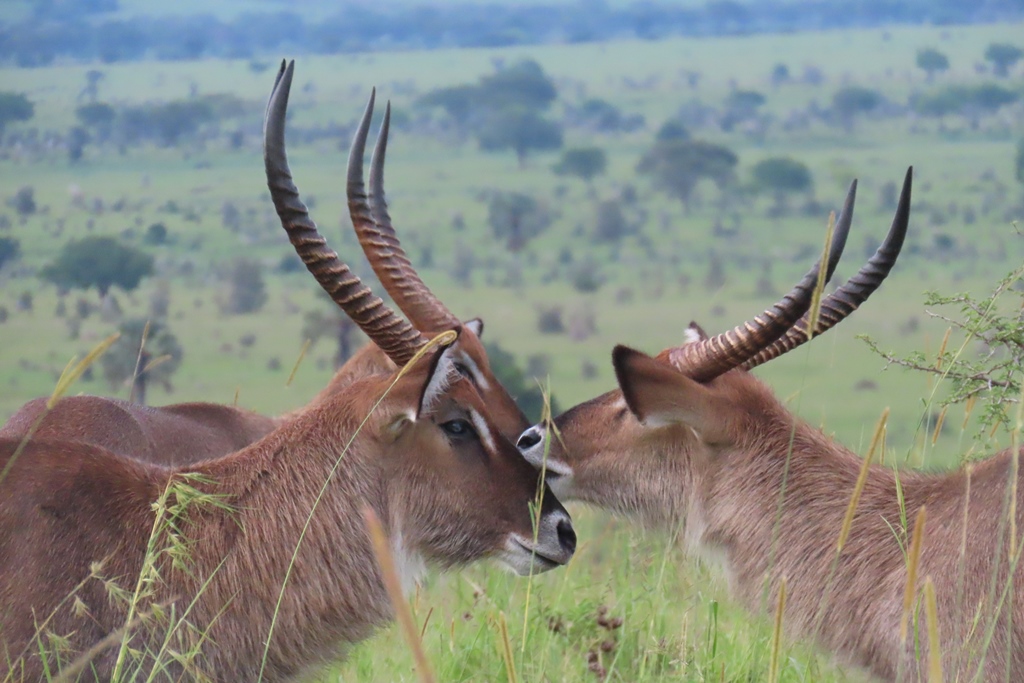
Temperature and Comfort: Planning Around the Climate
Temperature variations in Kidepo influence not only wildlife behavior but also visitor comfort and activity scheduling. During the dry season, daytime temperatures are warm, with cool mornings and evenings that are ideal for game drives. In contrast, the wet season brings higher humidity and occasional heavy rainfall, which can affect comfort levels and outdoor activities.
Travelers are advised to consider these climatic factors when selecting the timing of their visit. Lightweight, breathable clothing is recommended for warmer months, while layered attire is beneficial for early morning or late evening excursions. Footwear suitable for both dry and wet conditions enhances mobility during walking safaris and exploration of rugged terrain. By planning around the climate, visitors can optimize their experience, ensuring comfort while engaging fully with the park’s natural splendor.
Scenic Variations: Landscapes Through the Seasons
The visual character of Kidepo Valley National Park is profoundly influenced by seasonal shifts. During the dry months, the park’s savannahs take on golden hues, with dramatic shadows cast across rocky outcrops and mountains. The starkness of the landscape highlights the silhouettes of wildlife, creating iconic vistas that are both breathtaking and memorable. Sunsets during this period are particularly striking, painting the plains in rich shades of orange, red, and purple.
In the wet season, the park is transformed into a verdant paradise. Rivers and streams swell, vegetation flourishes, and flowers bloom, creating a dynamic and vibrant backdrop for wildlife observation. The interplay of light on green foliage, combined with the movements of grazing herbivores and hunting predators, produces a living canvas that delights both photographers and nature enthusiasts. Seasonal changes in scenery underscore the park’s diversity and reinforce the importance of timing in shaping the overall experience.
Accessibility Considerations: Travel Logistics and Road Conditions
Kidepo’s remote location, while contributing to its untouched character, also impacts accessibility. During the dry season, roads are generally passable, allowing vehicles to reach even the park’s most secluded areas. Air travel to nearby airstrips provides an alternative route, reducing travel time and offering aerial perspectives of the park’s vast landscapes.
During the wet season, heavy rainfall can render certain routes challenging, particularly those traversing unpaved tracks and river crossings. Travelers are advised to plan for potential delays, engage experienced guides, and consider vehicles equipped for off-road conditions. Despite these challenges, the wet season rewards visitors with fewer crowds, vibrant landscapes, and opportunities to witness the park’s renewal, making careful planning essential for a fulfilling experience.
Cultural and Seasonal Festivals: Enhancing the Safari Experience
The timing of a visit to Kidepo can also influence opportunities for cultural engagement. The Karamojong communities that inhabit the surrounding regions maintain seasonal practices and ceremonies tied to livestock management, harvest cycles, and traditional rituals. Visitors during certain periods may witness these events, gaining insight into the deep connection between local culture and the natural environment.
Seasonal festivals provide a complementary layer to the wildlife safari, emphasizing the coexistence of humans and nature in this unique ecosystem. These interactions enrich the understanding of Kidepo, highlighting that the park is not merely a wildlife sanctuary but a living landscape where ecological and cultural narratives intertwine.
Wildlife Conservation Timing: Observing Ecological Management
Seasonal timing also intersects with conservation activities within the park. Anti-poaching patrols, ecological surveys, and habitat management efforts are conducted throughout the year but are particularly visible during certain seasons. Visitors arriving during these periods may gain insight into the behind-the-scenes work that ensures Kidepo’s ecosystems remain protected and thriving.
Understanding the timing of these conservation efforts allows travelers to witness the interplay between human intervention and natural processes. Observing rangers at work, monitoring species, or participating in guided educational tours enhances appreciation for the delicate balance required to maintain such a diverse and isolated wilderness.
Photography and Filming: Capturing Kidepo at Its Finest
Photographers seeking to capture the essence of Kidepo must consider seasonal variations carefully. The dry season offers clarity and dramatic contrasts, perfect for wildlife portraits and landscape shots. The golden light of morning and evening accentuates textures, shapes, and movements, creating images of exceptional visual impact.
The wet season, with its lush greenery, flowing rivers, and active birdlife, provides opportunities for dynamic and colorful compositions. Water reflections, flowering vegetation, and migratory species add depth and vibrancy to photographs. By aligning visits with personal photographic goals, travelers can ensure that Kidepo is experienced and documented at its most compelling.
Optimal Timing: Balancing Wildlife, Weather, and Accessibility
In balancing all factors—wildlife visibility, climate, scenic beauty, accessibility, and cultural opportunities—the dry season emerges as the most recommended period for first-time visitors seeking comprehensive safari experiences. It offers predictable wildlife sightings, favorable travel conditions, and dramatic landscapes that embody the quintessential African safari.
For those with specific interests, however, the wet season may be preferable. Birdwatchers, photographers, and travelers seeking fewer crowds and a serene, immersive environment will find the rainy months particularly rewarding. Understanding personal priorities and aligning them with seasonal characteristics ensures that every visit to Kidepo Valley National Park is optimized for enjoyment, discovery, and lasting memories.
Experiencing Kidepo at Its Most Magical
Kidepo Valley National Park is a sanctuary of extraordinary biodiversity, dramatic landscapes, and cultural richness. Its seasonal rhythms dictate wildlife behavior, scenic beauty, and visitor experiences, making the timing of a visit a crucial element in planning a safari. Whether during the dry months of concentrated wildlife activity or the lush, vibrant wet season, Kidepo offers encounters with nature that are immersive, educational, and profoundly moving.
For travelers seeking a safari that transcends ordinary experiences, Kidepo Valley National Park provides an unparalleled window into Uganda’s wild heart. To ensure a seamless and expertly guided exploration of this hidden treasure, book your Africa tours and safaris with WildHorn Africa, whose expertise guarantees responsible, immersive, and unforgettable journeys through one of the continent’s most remarkable wildernesses.

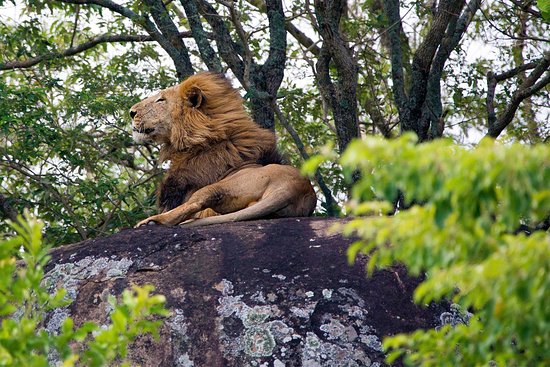
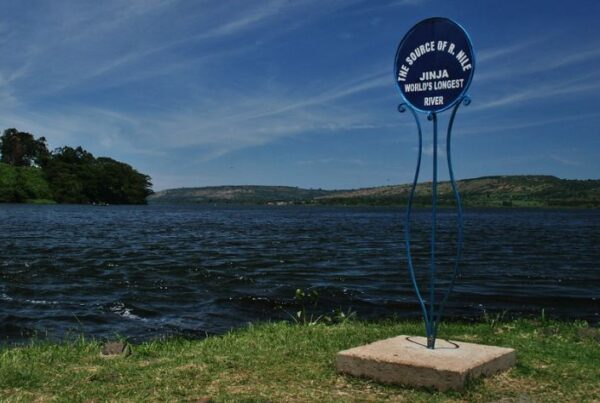
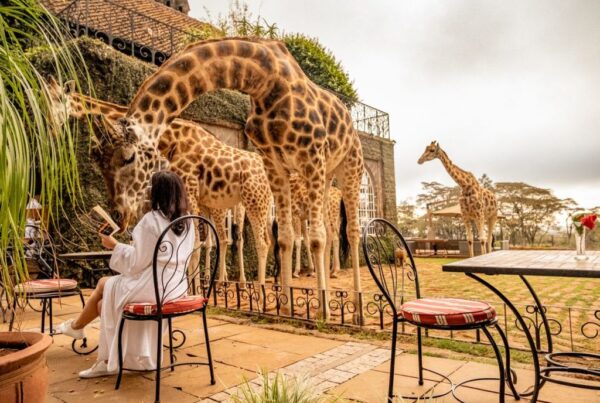
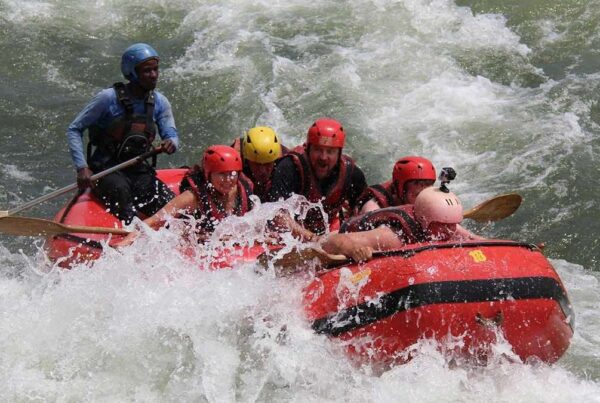
 WildHorn Africa – Authentic and unforgettable tours across Africa, guided by local experts who know the land, wildlife, and culture best.
WildHorn Africa – Authentic and unforgettable tours across Africa, guided by local experts who know the land, wildlife, and culture best.


